With electricity costs on the rise, homeowners are looking for ways to reduce their energy expenses, as well as their reliance on traditional coal-based sources. Solar panel with charge controller kits have gained traction as an accessible way for individuals to explore alternative energy sources. This all-in-one system is a great way to get started taking advantage of the free and limitless supply of energy offered by the sun.
A well-rounded solar panel kit typically includes a photovoltaic panel, charge controller, and all the mounting and wiring hardware needed. The panel of the system is the center part, converting sunlight into electricity with its PV cells. This process releasing DC power that is regulated by the charge controlling device. It carefully monitors the battery’s level of charge, taking precautions to keep the battery from being overcharged.
If you’re aiming to incorporate solar panels into your home or commercial space, design considerations should be given to size and wattage of the panels depending on the sun exposure area and number of electronic devices to be powered. Besides that, make sure to check the charge controller in the kit to determine whether it meets your electrical demands.
Choosing the right charge controller is key for getting the most out of your solar setup. Pulse-width modulation (PWM) controllers are the most widely-used option, designed to prevent overcharging the battery while also accounting for different battery types. You’ll want to pick a charge controller that works in harmony with your specific battery for proper optimization.
With the ideal solar panel and charge controller kit already chosen, it is time to initiate assembly. Although this is an uncomplicated procedure, it may be prudent to consult a professional in order to complete it correctly, particularly if you lack experience. Plus, a specialist can also inform you which charge controller will be the most beneficial for your setup.
To maximize the energy-producing capabilities of the solar panel charge controller kit, it is essential to locate the solar panel in an area that receives direct sunlight and is free from any kind of interference. Along with this, the charge controller should also be situated in a well-ventilated spot distant from sources of warmth to guarantee that its performance stays optimally efficient.
The solar panel/charge controller system should be monitored frequently to guarantee effective performance. Specifically, it is vital to assess the charge controller often to ascertain that it is sufficiently regulating the energy from the solar panel to the battery, and adjust it if the battery is being overcharged. Alongside this, inspecting the wiring and connections of the system is incredibly important to negate any loose wires or connections that could lead to a short circuit.
By investing in a solar panel with charge controller kit, individuals can experience long-term financial gains and diminishing reliance on traditional energy sources. A successful deployment of such a system can lead to extraordinary savings on energy bills, consequently freeing people from depending on the grid.
A solar panel with charge controller kit is an increasingly popular renewable energy option for modern households. This cutting-edge system promises to turn sunshine into electricity and store that energy in batteries for later use. This product is especially practical for those looking to operate without a consistent connection to the power grid, such as those situated in an RV or a cabin. In this brief overview, we’ll review the makeup of this technology, outline the process of installation, and consider the advantages of investing in solar energy.
Harnessing the power of the sun, a solar panel charge controller kit is composed of three essential parts: solar panels, a charge controller, and batteries. The panels are key for capturing the energy released by sunlight and transforming it to a useable form of electricity. The charge controller then takes on the task of managing and regulating the electricity that flows toward the batteries for storage and subsequent use.
Unveiling your new solar panel with charge controller kit requires forethought – the perfect spot must be chosen. To get the most out of your system, make sure the panels are resting in a sunny area devoid of large trees or buildings that cast shadows. It is also essential to consider the size of the panels depending on how much electricity you need.
The charge controller stands as a crucial component of the setup, and consequently, should be equipped accurately. This critical device checks the electricity that runs from the solar panels to the batteries, shielding them from being overcharged and consequently damaged. The charge controller also protects the solar panel from an overload of power to ensure its unhindered performance. To ensure the charge controller operates as intended, it needs to be hooked up to both the batteries and solar panel.
After having been setup, the solar panel charge controller assembly can offer up its free, renewable energy to a variety of devices and gadgets. The power from our star can illuminate our abodes with lights, keep us cool with fans, entertain us with televisions, extend food shelf-lives with refrigeration units, and energize other smaller appliances. Additionally, the electricity from the sun’s rays can be stored within batteries for later deployment.
Making use of a kit with a solar panel and charge controller can be incredibly beneficial. An unlimited source of renewable energy, it never dwindles nor emits any pollutants, providing a green alternative to benefit our planet. What’s more is that the kit can save customers substantial amounts of money, since it doesn’t require them to buy electricity from the grid.
Solar panels with charge controllers are a great renewable energy answer to those wishing to shrink their energy bills and aid in environmental conservation. This option is fairly simple to install and manage, and could deliver a reliable source of electricity for a range of applications. With the correct setup and upkeep, a solar panel with charge controller kit is able to furnish a considerable amount of electricity for many years in the future.

Post time: 2023-07-21
Related Product

Solar panel
PV Kits for fields, flat and pitched roofs The kit using photovoltaic support system is critical to photovoltaic support, including wind calculation speed, order picking speed and […]
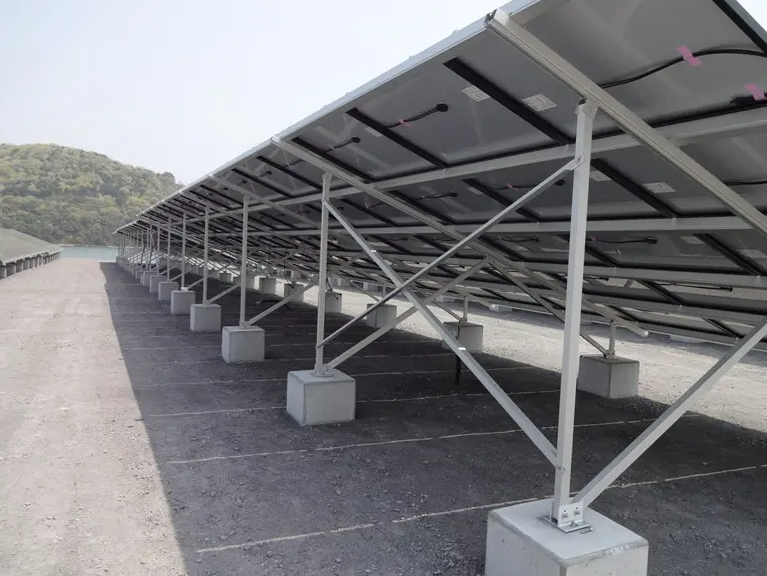
GROUND MOUNT PV Support
Placement position Ground Applicable component type Framed or frameless solar panels of various sizes Raw materials of support aluminium alloy Installation angle According t […]
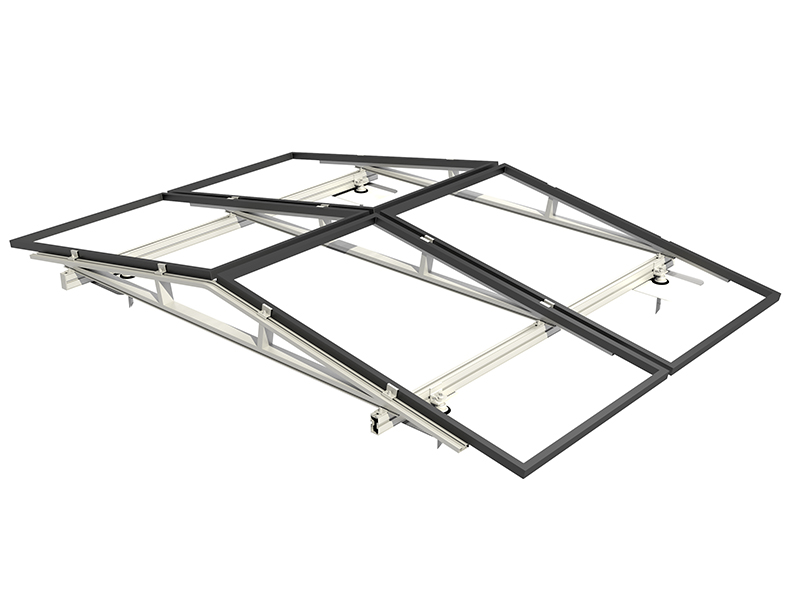
Inclined roof photovoltaic support
V support system for inclined roof The inclined roof installation system is suitable for all kinds of inclined roofs. According to the roof bearing capacity and waterproof requirem […]
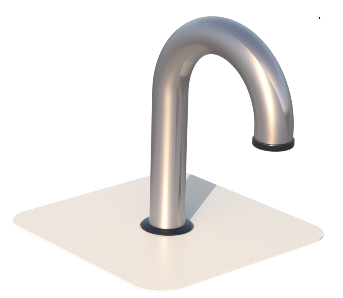
PV support KITS
What is Cable conduit? A metal protective tube with certain mechanical strength laid on the outer layer of the cable to prevent the cable from being damaged Cable threading […]
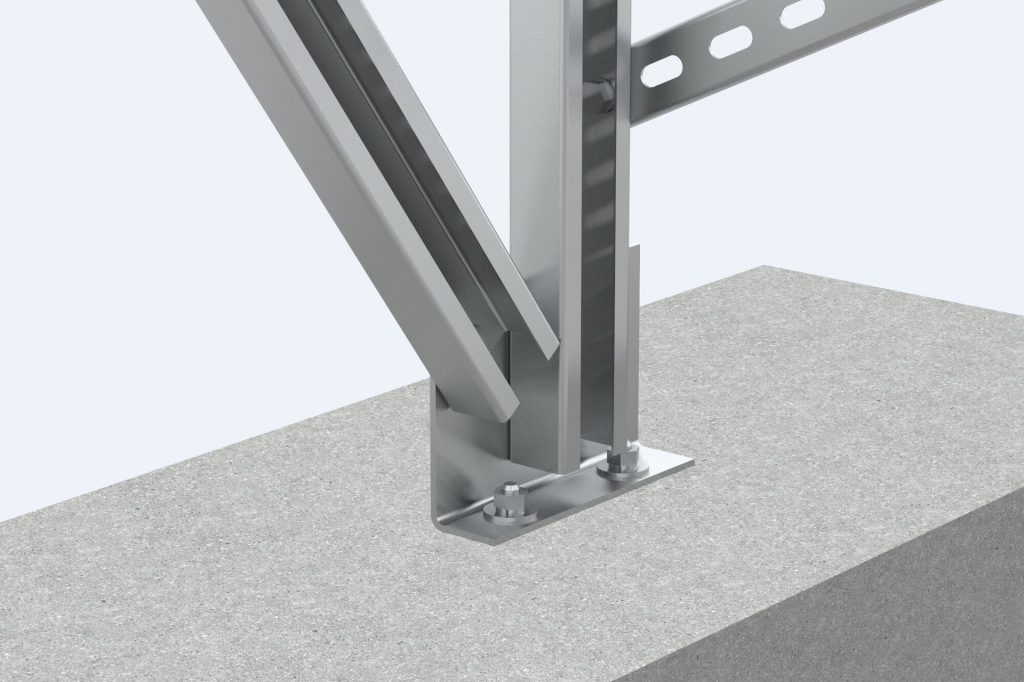
Flat roof photovoltaic support
Flat roof photovoltaic support Analysis of installation and construction problems of flat roof photovoltaic power station The external roof system on the roo […]
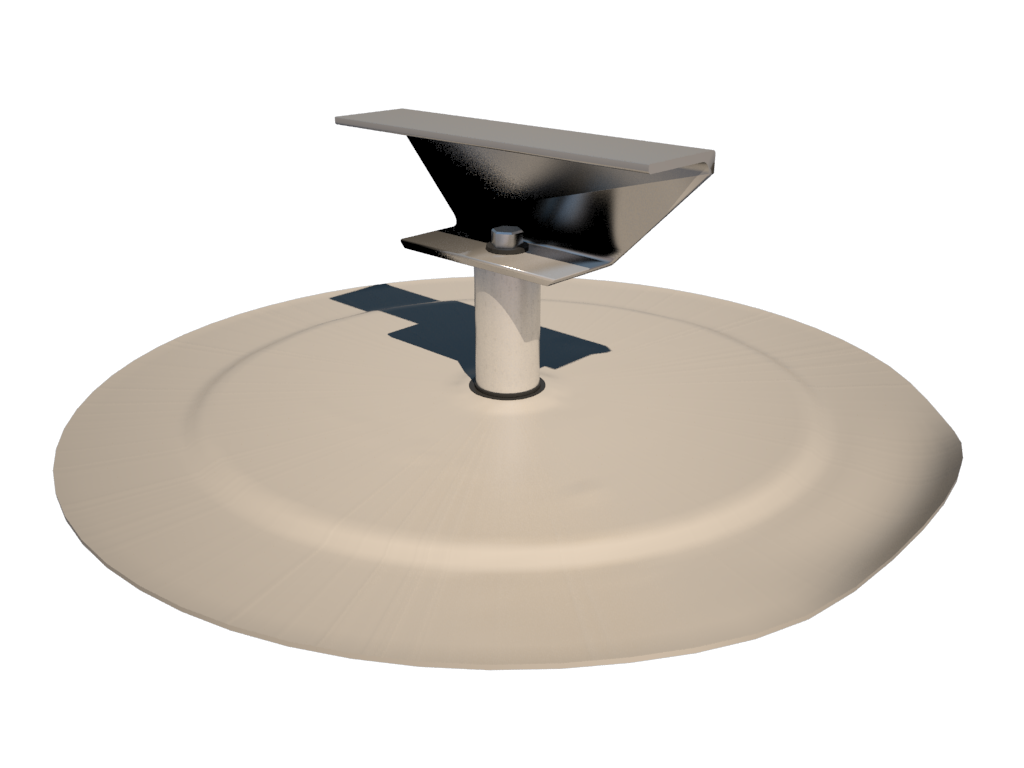
PV bridge support
Features of PV bridge support products: Strong resistance to negative wind pressure, good stability, strong bearing capacity and strong lateral tensile capacity; Easy and fast ins […]
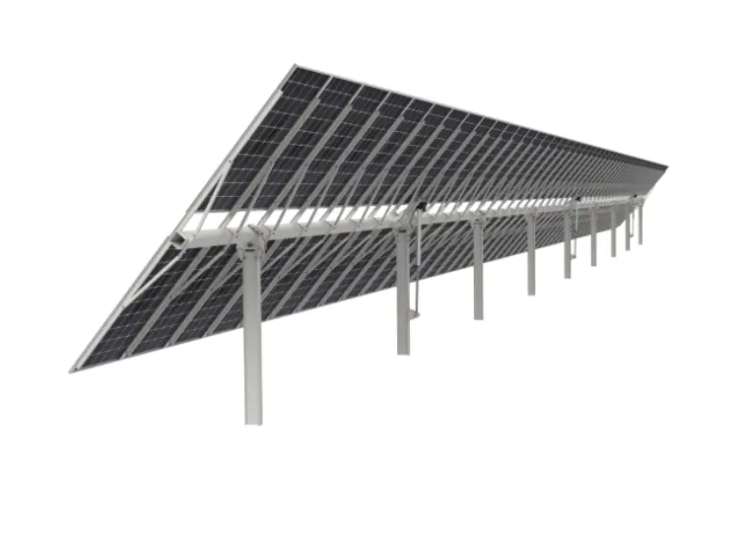
PV bracket tracking system
Ground tracking photovoltaic support Fully adapt to 210 major components The product has been tested in CPP wind tunnel Use AI algorithm to optimize tracking mode Irregular land is […]
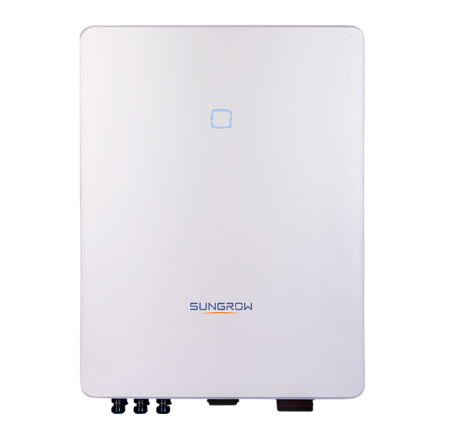
PV inverter
PV inverter (PV inverter or solar inverter) can convert variable DC voltage generated by photovoltaic (PV) solar panel into AC inverter of mains frequency, which can be fed back to […]
